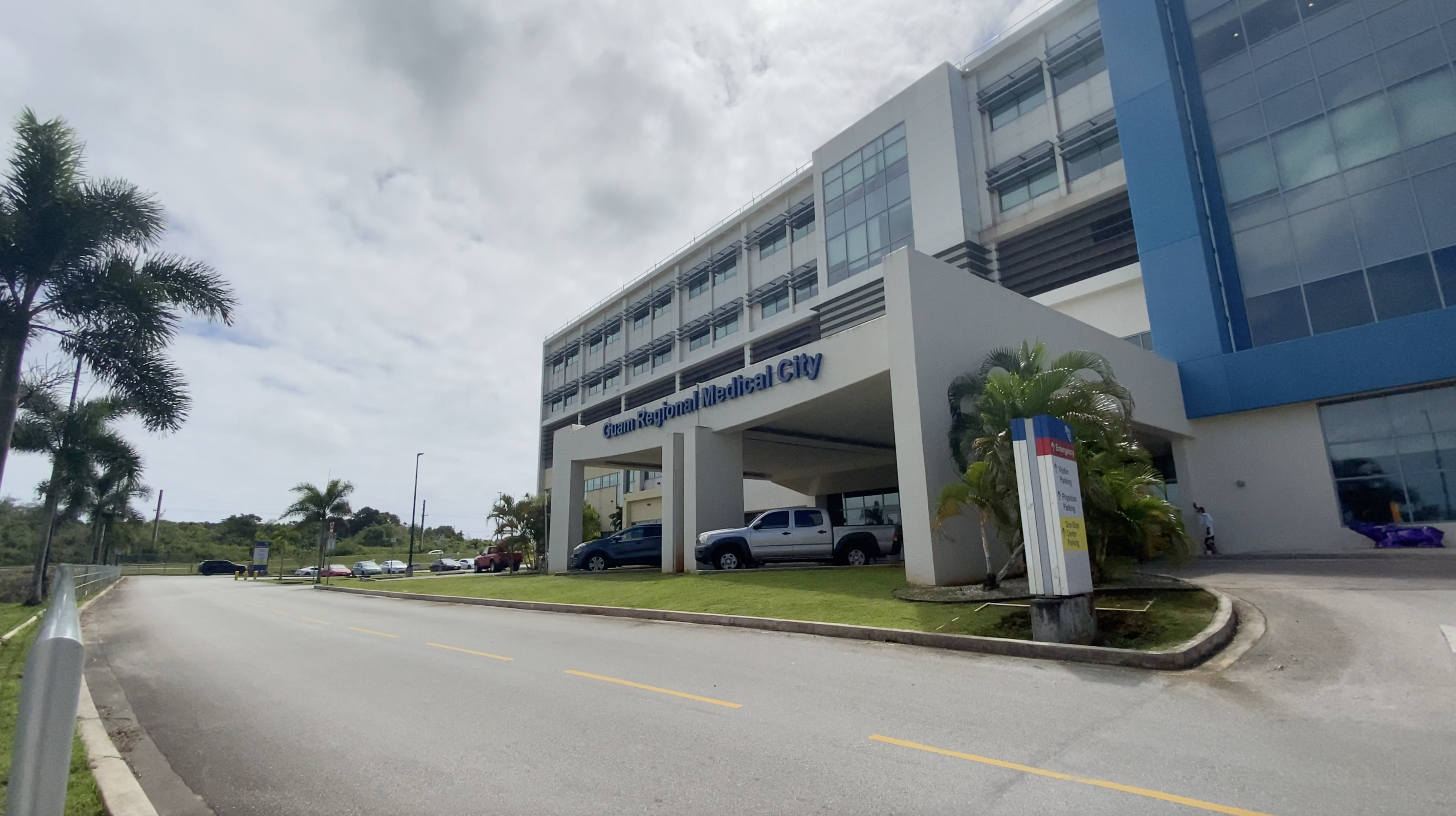Highly-placed medical staff sources at Guam Regional Medical City say patients they’ve treated have no home to go to, and the government’s Emergency Operations Center is refusing them access to the several open shelters.
As a result, the hospital as of Thursday afternoon, is operating above capacity: 135 patients admitted with only 125 beds throughout GRMC.
“We have 15 patients who need to go home and have no where to go, and the government is not doing anything about it,” one source, a nurse, told Kandit.
Family members, aware their admitted-relatives have no options, are refusing to pick up their relatives. This is forcing GRMC to keep them admitted and occupying beds for which a waiting line exists for urgent specialty care.
On Wednesday, Joint Information Coordinator Krystal Paco-San Agustin confirmed both GRMC and Guam Memorial Hospital have been receiving an influx of patients needing oxygen therapy because their homes don’t have the electricity needed for it.
“According to the Guam Regional Medical City, the influx of patients at GRMC is mainly sourced to oxygen dependent patients without power at home,” Ms. Paco-San Agustin said Wednesday. “They are currently receiving support from [the U.S. Department of Health and Human Services], who is helping to decompress their emergency department. The same is occurring at Guam Memorial Hospital, as well.”
But the GRMC sources say the oxygen therapy-dependent patients are not the only ones utilizing beds, and that there is an overall capacity issue that has to be resolved so more patients can be treated.
“We reached out to ESF 8,” another nurse said. “They don’t do anything. Shortly after the typhoon, a bunch of oxygen dependent patients showed up. The shelters have power. Why won’t they let them connect there? The shelters stopped accepting patients, for whatever reason.”
ESF 8 is an acronym for the Emergency Operations Center’s (EOC) Emergency Support Function 8, the team at the EOC that handles recovery response for public and private medical centers.
“We can’t take care of patients who need specialty care, because there are these patients who are able to leave, but have nowhere to go,” the other source said.
The emergency shelters, which are located at several Guam public schools and are run by the government, have previously denied admittance to people who have sought shelter there after the typhoon.
Ms. Paco-San Agustin has coordinated for some of these people who reached out to the Joint Information Center and to Kandit to be admitted.
The governor’s spokeswoman told Kandit today she is seeking information from the EOC and its ESF 8 about the situation.
In the meantime, she has reached out to the Guam Department of Education, which runs the shelters, for clarity.
“No one requiring medical care has been turned away from shelters,” she said GDOE officials told her. “The issue is who will monitor those requiring specialty care.”
When told that the ready-to-be-discharged patients needing shelter have no further medical attention needs, except for some who only need electricity for their oxygen therapy, she replied, “Not all shelters had reliable power.”
Among the issues GRMC, which is staffed by doctors, nurses, and other medical professionals who fall under the Guam Emergency Response Plan’s definition of ‘first responders,’ is that GovGuam’s EOC is refusing to consider these professionals as first responders. This is according to the sources.
“GRMC staff couldn’t even get gas because the government doesn’t consider us as first responders,” one of the sources said. This meant some professionals could not get to the hospital while the surge in patients has been happening.
Ms. Paco-San Agustin said this issue has resolved organically, as there no longer are long waits for gas, and the fuel supply was never an actual issue.







1 Comments
Iec
06/02/2023 at 8:13 AM
This is mind boggling! Loudes needs to be investigated for mishandling of these emergencies!